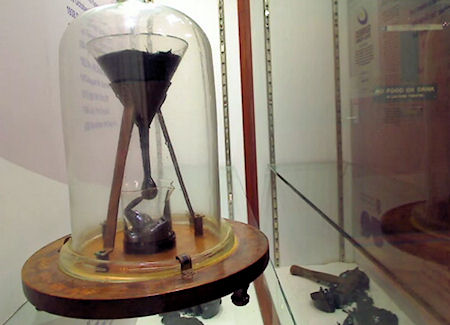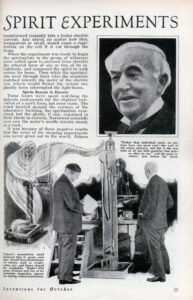The world’s longest continuously running laboratory experiment is an experiment that is being run at the University of Queensland in Brisbane, Australia. It has been running continuously since it was started by Professor Thomas Parnell in 1927. The world’s longest continuously running laboratory experiment is known as the pitch drop experiment, which measure the flow of pitch over many years. Pitch is viscoelastic, solid polymers, which basically means that it is a liquid that appears to be solid.
The world’s longest continuously running laboratory experiment was a demonstration to show that some solids are in fact very-high-viscosity fluids. The pitch drop experiment began by Professor Parnell pouring a heated sample of pitch into a funnel and allowing it to cool and settle for three years. After three years the seal of the neck of the funnel was cut which allowed for the slow drop to begin to form. The experiment has proven to form one big drop of pitch roughly every decade. The eighth drop fell on 28 November 2000.
There are two other laboratory experiments that have been running longer, but have experienced brief interruptions.
The world’s longest running laboratory experiment is the Oxford Electric Bell experiment. It was started in 1840, but has seen several brief interruptions due to humidity. This bell operates continuously by two brass bells that sit on dry piles (a form of battery), and a metal sphere between them that rings each bell in turn. As the sphere approaches one bell, and strikes it, it receives a charge and is repelled by that bell, and attracted to the other bell. Once it touches the other bell the process starts over again. It will one day stop working when either that batteries loose all of their charge, or the clapper itself fails first.
The world’s second longest running laboratory experiment is the Beverly Clock experiment at the Department of Physics at the University of Otago, Dunedin, New Zealand. It is a mechanical clock that has never been wound since it was constructed in 1864, and continues to work. The clock is an ingenious design. It operates by using fluctuations in temperature and atmospheric pressure. It works by forcing the air in an air tight box to expand or contract, which pushes on a diaphragm. A mere change in temperature of 6 degrees Fahrenheit is enough to raise a one pound weight by one inch and drive the clocks mechanism. The clock has stopped on several occasions however. The main causes have been when the mechanism has needed cleaning, or when it failed, when the clock was moved to a new location, and when there has not been a change in ambient air temperature or pressure to provide enough energy for the clock to function.








